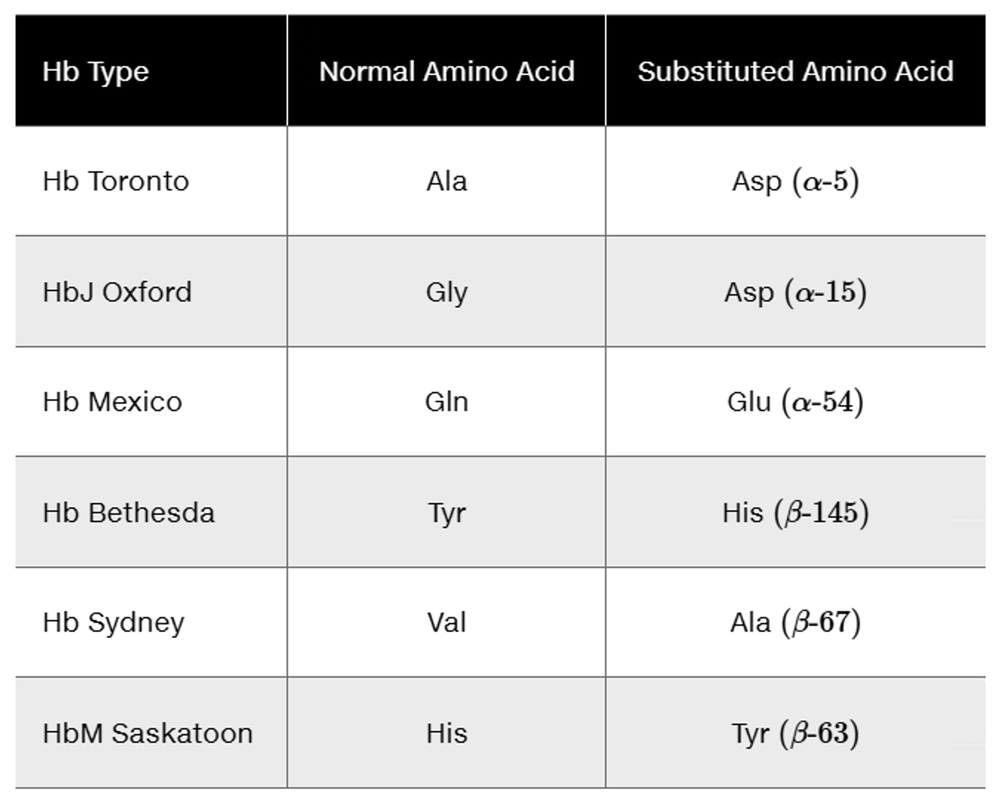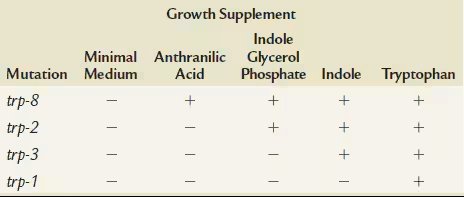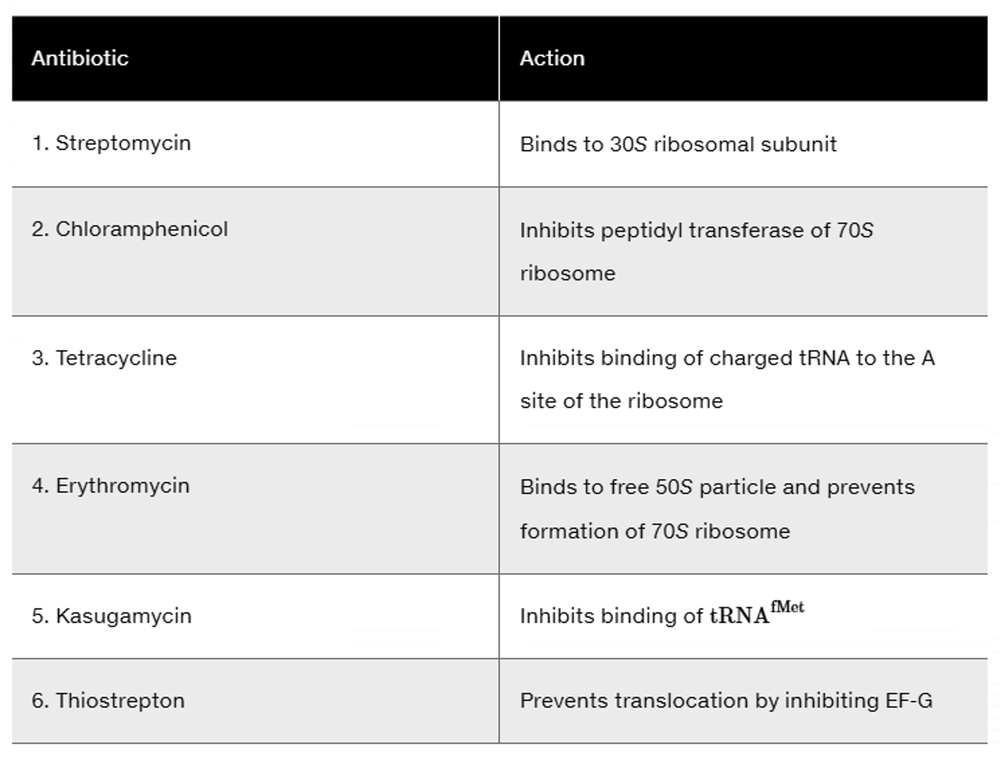 Back
BackProblem 1a
What experimentally derived information led to Holley's proposal of the two-dimensional cloverleaf model of tRNA?
Problem 1b
What experimental information verifies that certain codons in mRNA specify chain termination during translation?
Problem 1c
How do we know, based on studies of Neurospora nutritional mutations, that one gene specifies one enzyme?
Problem 1d
On what basis have we concluded that proteins are the end products of genetic expression?
Problem 2
Write a short essay that discusses the role of ribosomes in the process of translation as it relates to these concepts.
Problem 3
List and describe the role of all molecular constituents present in a functional polyribosome.
Problem 4
Contrast the roles of tRNA and mRNA during translation, and list all enzymes that participate in the transcription and translation process.
Problem 5
Francis Crick proposed the 'adaptor hypothesis' for the function of tRNA. Why did he choose that description?
Problem 6
During translation, what molecule bears the codon? the anticodon?
Problem 7
Summarize the steps involved in charging tRNAs with their appropriate amino acids.
Problem 8
To carry out its role, each transfer RNA requires at least four specific recognition sites that must be inherent in its tertiary structure. What are they?
Problem 9
What are the major differences between translation in bacteria and translation in eukaryotes?
Problem 10
Explain why the one-gene:one-enzyme concept is not considered totally accurate today.
Problem 11
Hemoglobin is a tetramer consisting of two α and two β chains. What level of protein structure is described in this statement?
Problem 12
Using sickle-cell anemia as an example, describe what is meant by a molecular or genetic disease. What are the similarities and dissimilarities between this type of a disorder and a disease caused by an invading microorganism?
Problem 14
Assuming that each nucleotide in an mRNA is 0.34 nm long, how many triplet codes can simultaneously occupy the space in a ribosome that is 20 nm in diameter?
Problem 15
Review the concept of colinearity and consider the following question: Certain mutations called amber in bacteria and viruses result in premature termination of polypeptide chains during translation. Many amber mutations have been detected at different points along the gene that codes for a head protein in phage T4. How might this system be further investigated to demonstrate and support the concept of colinearity?
Problem 16
In your opinion, which of the four levels of protein organization is the most critical to a protein’s function? Defend your choice.
Problem 17
List as many different categories of protein functions as you can. Wherever possible, give an example of each category.
Problem 18
How does an enzyme function? Why are enzymes essential for living organisms on Earth?
Problem 19
Several amino acid substitutions in the α and β chains of human hemoglobin are shown in the following table.
Using the code table, determine how many of them can occur as a result of a single-nucleotide change.
Problem 20a
Three independently assorting genes (A, B, and C) are known to control the following biochemical pathway that provides the basis for flower color in a hypothetical plant:
Three homozygous recessive mutations are also known, each of which interrupts a different one of these steps. Determine the phenotypic results in the F1 and F2 generations resulting from the P1 crosses of true-breeding plants listed here:
speckled (AABBCC) × yellow (AAbbCC)
Problem 20b
Three independently assorting genes (A, B, and C) are known to control the following biochemical pathway that provides the basis for flower color in a hypothetical plant:
Three homozygous recessive mutations are also known, each of which interrupts a different one of these steps. Determine the phenotypic results in the F1 and F2 generations resulting from the P1 crosses of true-breeding plants listed here:
yellow (AAbbCC) × green (AABBcc)
Problem 20c
Three independently assorting genes (A, B, and C) are known to control the following biochemical pathway that provides the basis for flower color in a hypothetical plant:
Three homozygous recessive mutations are also known, each of which interrupts a different one of these steps. Determine the phenotypic results in the F1 and F2 generations resulting from the P1 crosses of true-breeding plants listed here:
colorless (aaBBCC) × green (AABBcc)
Problem 21
How would the results vary in cross (a) of Problem 32 if genes A and B were linked with no crossing over between them? How would the results of cross (a) vary if genes A and B were linked and 20 map units (mu) apart?
Problem 22
A series of mutations in the bacterium Salmonella typhimurium results in the requirement of either tryptophan or some related molecule in order for growth to occur. From the data shown here, suggest a biosynthetic pathway for tryptophan.
Problem 23
Many antibiotics are effective as drugs to fight off bacterial infections because they inhibit protein synthesis in bacterial cells. Using the information provided in the following table that highlights several antibiotics and their mode of action, discuss which phase of translation is inhibited: initiation, elongation, or termination. What other components of the translational machinery could be targeted to inhibit bacterial protein synthesis?






